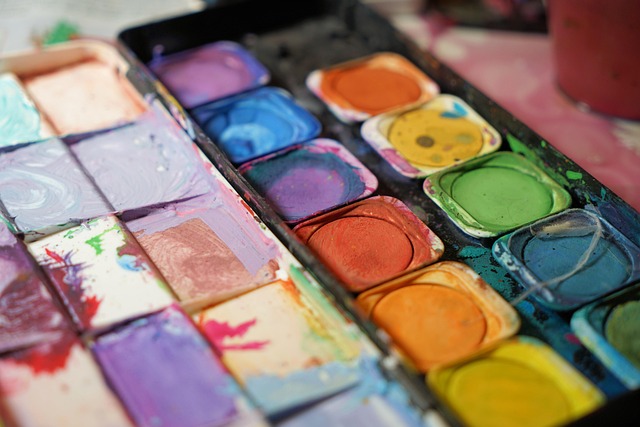Crafting Your Own Existentialist Painting: A DIY Creative Project
Have you ever found yourself staring at a blank canvas, pondering the weight of existence? The realm of existentialist painting invites you to explore your own thoughts, feelings, and philosophies through visual art. By engaging in a DIY creative project like this, you can express your innermost ideas and emotions, channeling them into a piece that is not only unique but deeply personal.
Understanding Existentialism in Art
Existentialism, at its core, emphasizes individual experience and the search for meaning. This philosophy can be beautifully communicated through art. An existentialist painting might incorporate themes of isolation, freedom, anxiety, or the absurdity of life. As you embark on this DIY project, think about the emotions you want to convey and how they reflect your own journey through existence.
Gathering Your Materials
The first step in your existentialist painting journey is to gather the necessary materials. While you can invest in high-end art supplies, don’t feel pressured to do so. The beauty of DIY projects lies in resourcefulness. Here’s a simple list to get you started:
- Canvas or thick paper
- Paints (acrylics, watercolors, or even mixed media)
- Brushes, sponges, or palette knives
- Palette for mixing colors
- Workshop space (a table covered with newspapers works well)
- Inspirational materials (magazines, poetry, images) for collage
Choosing Your Colors and Themes
Your choice of colors is crucial in an existentialist painting. These hues will evoke feelings and set the tone for your work. Darker tones might indicate despair or confusion, while vibrant colors could express joy or hope. Consider the messages you want to communicate:
- Monochromatic themes to symbolize loneliness or introspection.
- Contrasting colors to portray the chaos of existence.
- Fluid shapes and lines to represent the unpredictability of life.
Creating Your Painting
Now comes the exciting part—putting paint to canvas! As you begin, allow your emotions to guide your brush strokes. Don’t worry about perfection; this process is about self-expression. Here are some techniques to consider:
- Layering: Use layers to build depth, symbolizing complex layers of emotion.
- Gestural Painting: Let your body move as you paint, expressing freedom through spontaneous brushwork.
- Collage: Incorporate magazine cutouts or written words that resonate with your existential reflections.
Reflect on Your Work
Once your painting is complete, take a moment to step back and reflect. What does it say about your experience? How do the colors and shapes resonate with your personal feelings? Sharing your thoughts with others can also enrich your understanding, so consider discussing your painting with friends or fellow artists.
Showcasing Your Art
Finally, think about how you want to share your masterpiece. Hang it in your home as a reminder of your existential journey, or display it at a local gallery or art show. Engaging with an audience can provide different perspectives and further enhance your creative experience.
By diving into the world of DIY existentialist painting, you’re not just creating art; you’re engaging in a profound exploration of what it means to exist. So grab your materials, let your creativity flow, and embark on this unique artistic journey!
